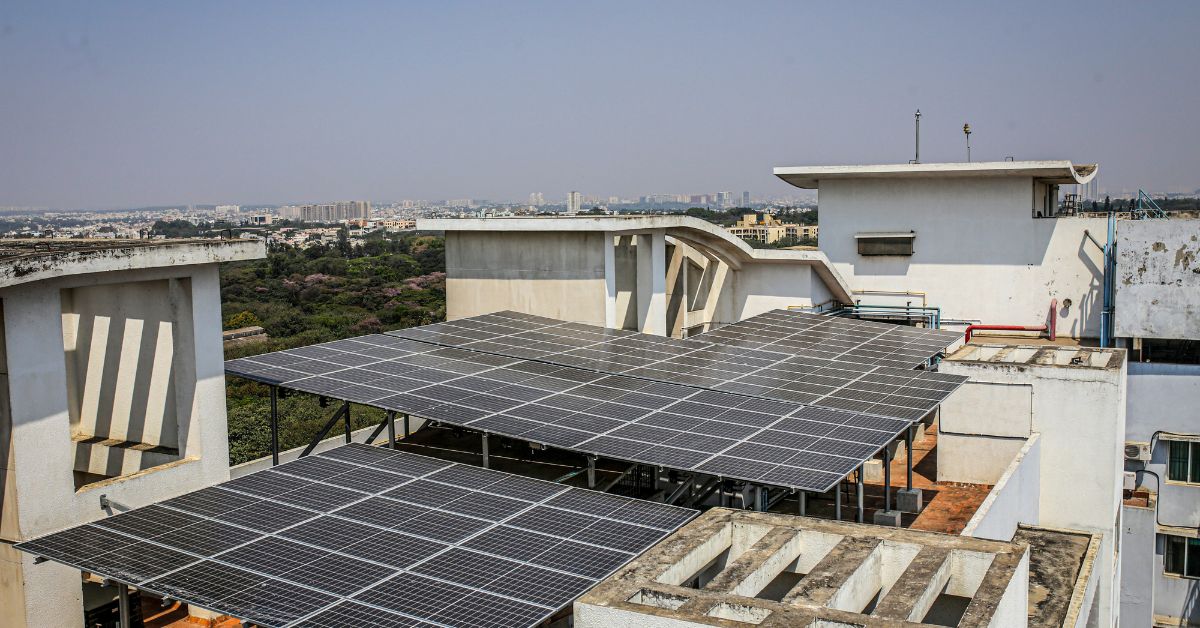(Representational featured image courtesy ORF online)
India has emerged as a global leader in renewable energy, recently surpassing Japan to become the world’s third-largest generator of wind and solar power, according to a report by Ember. In 2023, solar energy accounted for 5.8% of India’s electricity production — a significant rise from just 0.5% in 2015 — marking a major leap towards cleaner and more sustainable energy.
For Indian households, this is more than just a national milestone — it’s a practical opportunity to cut down on rising electricity bills, especially during the upcoming peak summer months. By installing rooftop solar panels, homeowners can generate their own electricity and reduce their reliance on the traditional power grid.
Thanks to government initiatives like the Pradhan Mantri Suryodaya Yojana, the shift to solar power has become more accessible. The scheme offers subsidies covering up to 60% of installation costs and provides loan support for the remaining amount.
Installing solar power is surprisingly simple. Modern photovoltaic (PV) panels can be fitted on rooftops that receive adequate sunlight and require minimal maintenance. A typical solar panel has a lifespan of 25 to 30 years, making it a long-term investment. Additionally, net metering policies let you sell excess electricity back to the grid, earning credits on your power bill.
Is the cost worth it?
Now, let’s talk numbers. The cost of installing a solar panel system in India ranges from Rs 45,000 to Rs 80,000 per kilowatt (kW), depending on the quality, location, and brand.
- A small household using around 200 to 300 units of electricity per month may require a 2 kW system, costing around Rs 1.5 to 2 lakh upfront.
- Larger homes consuming 400 to 600 units per month might need a 5 kW system, costing Rs 3.5 to Rs 4.5 lakh.
However, this investment typically pays for itself in four to six years through monthly savings on electricity bills. For instance, a 5 kW system can generate around 400 to 600 units per month. If your average bill is around Rs 5,000, switching to solar could cut it down to Rs 1,500 — or even eliminate it entirely — leading to annual savings of Rs 40,000 to Rs 50,000.
How to get started with rooftop solar?
The Government of India has made the process simple through the official portal for the PM Surya Ghar: Muft Bijli Yojana. Here’s how to begin:

- Assess your eligibility: Ensure you have a suitable roof, a valid electricity connection, and haven’t availed other solar subsidies.
- Register on the national portal: Visit pmsuryaghar.gov.in and register using your state, district, DISCOM, and consumer number.
- Apply for rooftop solar: Log in and submit your application for rooftop solar installation.
- Await feasibility approval: Your DISCOM will review and approve your application based on technical feasibility.
- Select a registered vendor: After approval, choose an empanelled vendor from your DISCOM’s list.
- Install the solar system: The vendor installs the system according to technical standards.
- Submit installation details and apply for net metering: Upload plant details and request a net meter through the portal.
- Inspection and commissioning: DISCOM inspects the system and issues a commissioning certificate.
- Receive subsidy: Upload bank details and a cancelled cheque; the subsidy will be credited within 30 days.
For more details, visit the official portal: https://pmsuryaghar.gov.in
As India continues to rise as a clean energy powerhouse, homeowners have a real chance to make a dual impact: contributing to environmental sustainability while saving significantly on energy costs. With falling panel prices, rising electricity tariffs, and robust government support, there has never been a better time to go solar.
Edited by Khushi Arora


No comments:
Post a Comment